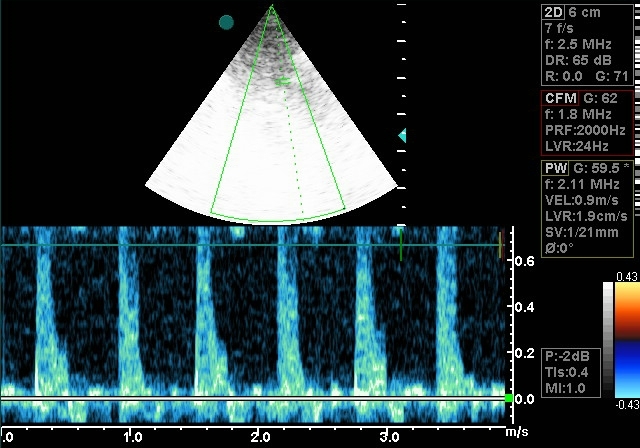Transcranial Doppler (TCD) is increasingly utilized in patients with lifethreatening neurologic injury and has several practical applications in neurocritical care. It holds promise for the diagnosis and monitoring of vasospasm (VSP) in patients with subarachnoid hemorrhage (SAH) and the detection of increased intracranial hypertension.
Continue reading

Cell protection against hypoxia can be mediated by brief periods of sublethal ischemia, a phenomenon called ‘preconditioning’. The molecular mechanisms that are responsible for cell protection are extremely complicated; however, extensive research in molecular biology and cellular physiology has uncovered many different signaling pathways, especially in cardiac tissues.
Continue readingCardiac stabilization during “off-pump” coronary revascularization (OPCAB) has been implicated in causing intraoperative hemodynamic disturbances. Stroke volume and cardiac output reductions may alter the ventilation/perfusion ratio in the lungs and compromise the gas exchange. This study was conducted to determine the impact of heart’s stabilization on arterial blood-gas profile in patients undergoing OPCAB surgery.
Continue readingThis study was undertaken to examine the impact of the variations of cardiac mechanical work in heart’s respiratory quotient (RQ) and venoarterial carbon dioxide difference (ΔPCO2). In twenty-seven patients undergoing coronary artery bypass grafting under extracorporeal circulation, a coronary sinus line was instituted and it’s correct position was verified by the waveform displayed in the monitor. Immediately after cannulae placement, a haemodynamic profile was obtained and simultaneous arterial and coronary sinus (a & cs) sampling for blood gas analysis was done in an ABL 720 (Radiometer Copenhagen) analyzer.
Continue reading






